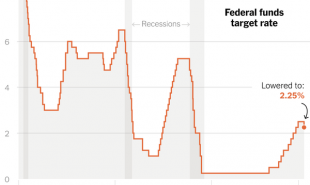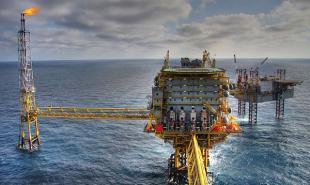
Mines and metallurgical complexes are major consumers of energy in various forms so it’s hardly surprising that energy inputs are a critical component in maintaining competitive production costs. It’s no coincidence that Teck Resources’ smelting complex at Trail, BC benefits enormously from hydro-electric power supplied by its Waneta Dam project which came on line in 1954 and has provided low-cost, clean and renewable power ever since.
While the near and long term cost of energy from Waneta has always been quantifiable, industries today face escalating costs for energy-related consumables from public utilities that are impossible to predict. Among the largest of these utilities are BC Hydro and the aptly-named, near-monopoly, Hydro One in Ontario. Being a monopoly of “one” certainly has its advantages: Ontario consumers are now paying the highest electrical rates in Canada. In fact, the average price for larger-power customers (in cents per kilowatt hour) in the Toronto area is almost double (14.55) that of Vancouver!
The majority of zinc concentrate for Teck’s Trail metallurgical complex comes from the Red Dog Mine in Alaska more than 3,000 kilometres away and, not surprisingly, shipping these concentrates to the interior of BC is sensitive to transportation costs which are certain to escalate with the Federal and provincial governments’ imposition of new carbon taxes.
Ontario is probably a good case study regarding the burden of high energy costs on both ordinary and industrial consumers and it’s not a pretty sight. Indeed, for large industrial enterprises - among them mining and auto manufacturing - there’s a sense of foreboding concerning the impact of carbon taxes – compounded by the fact that our biggest market, the United States, is heading in the exact opposite direction.
One of the underlying principles of a carbon tax is to force businesses and citizens to cut back carbon-intensive services and goods. In theory, this would foster investment in lower emissions technologies which in the case of Ontario’s experiment with “green” energy – not to mention large industrial nations like Germany – has already impoverished hundreds of thousands of energy consumers.
For large industrial consumers of energy, the incentive to shift production to jurisdictions with no or lower carbon taxes - which might well include the US given the Trump administration’s focus on reducing emission constraints on industry - would give foreign competitors an edge over tax-encumbered companies in Canada. Developing countries, primarily in Asia, would also have an incentive to encourage production processes that cause pollution in effect ‘outsourcing’ pollution” from Western countries.
As with any government undertaking, the cost of administrating the tax could become very expensive and determining the level of taxation and its impact on industry would be difficult. Much like any retrograde tax, there would also be an incentive for tax evasion, with firms hiding their actual carbon emissions. If demand is price inelastic, the tax would have to be high enough to reduce demand significantly although demand would presumably become more elastic as more energy alternatives are generated.
Consumers dislike new taxes and from experience tend not to believe they will be ‘revenue neutral - a political reality that sometimes makes them difficult to implement. A global carbon tax, which is hard to imagine given the reliance of developing countries on low cost fossil fuel generated energy, may curtail economic activity in these poor countries because they can’t afford the small increase in energy costs that the developed world may simply be able to pay.
Adding to this toxic mix is government indifference and advocacy-based resistance (much of it funded by foreign environmental groups) to pipeline construction from one of the world’s largest hydrocarbon resources, Alberta’s oil sands.
Despite Federal approval, local governments in metropolitan Vancouver continue to place roadblocks in front of Kinder Morgan’s Trans Mountain pipeline expansion project. The pipeline was proposed in response to requests from oil companies to help them reach new markets by expanding the capacity of North America’s only pipeline with access to the West Coast.
The expansion is essentially a twinning of an existing 1,150-kilometre pipeline between Edmonton and Burnaby, BC. It will create a pipeline system with the nominal capacity rising from 300,000 barrels per day to 890,000 barrels. Vancouver’s Lower mainland currently boasts the highest gas prices in Canada and they will likely go higher with new carbon taxes – and even more so without Kinder Morgan. One-third of the oil that flows through the line today fuels B.C. vehicles and it plays an integral role in the Lower Mainland’s energy security.
In early October TransCanada Corp. announced the termination of its $15.7-billion Energy East pipeline, provoking a bitter regional battle over the Liberal government's energy and environment policies. Paradoxically, there is also resistance to so-called clean energy including BC Hydro’s Site C dam which if cancelled would involve a cost approaching $6 billion. Clearly, industrial and residential consumers are living in unpredictable times.
Read more by MarketSlant Editor







